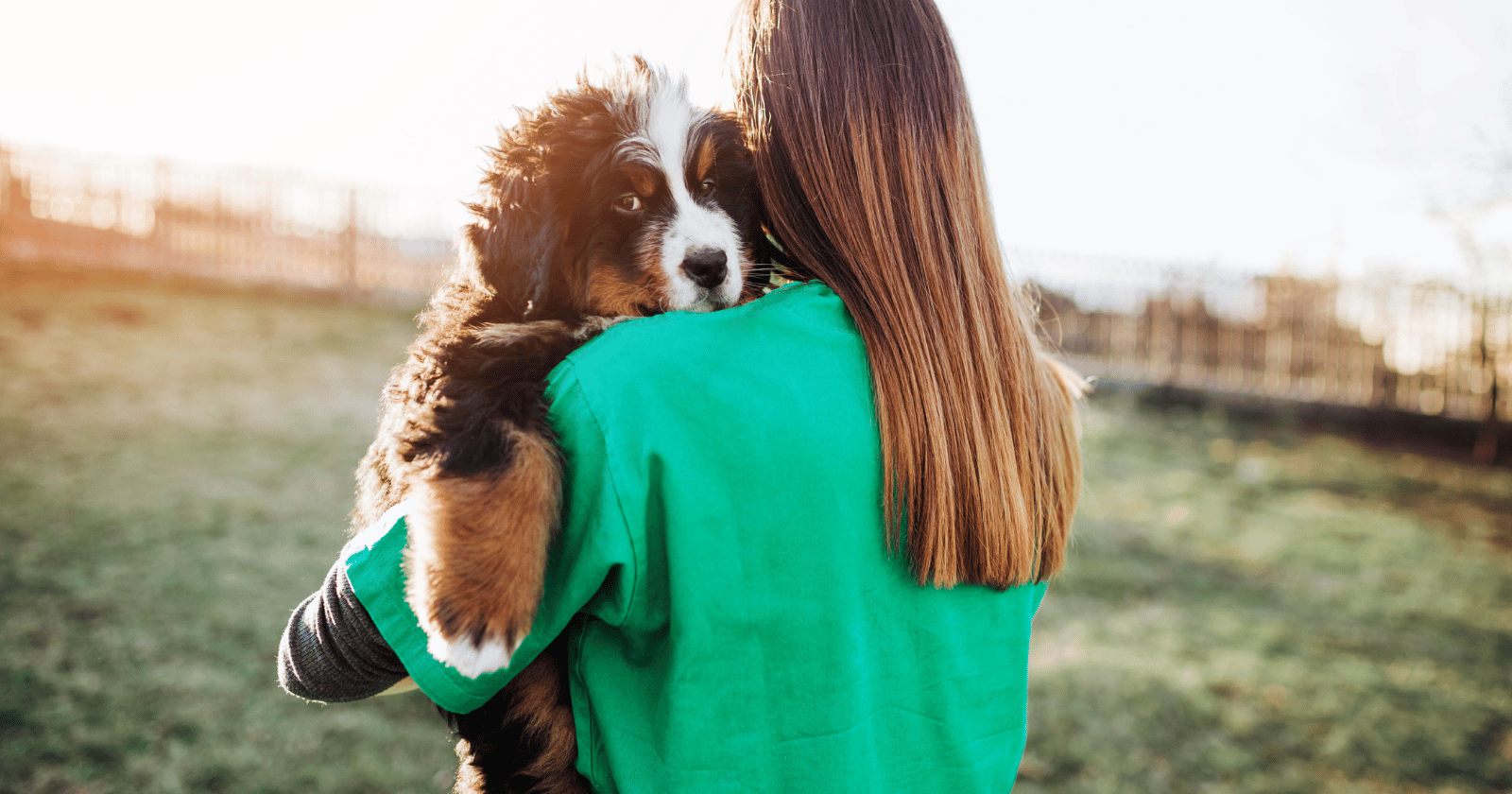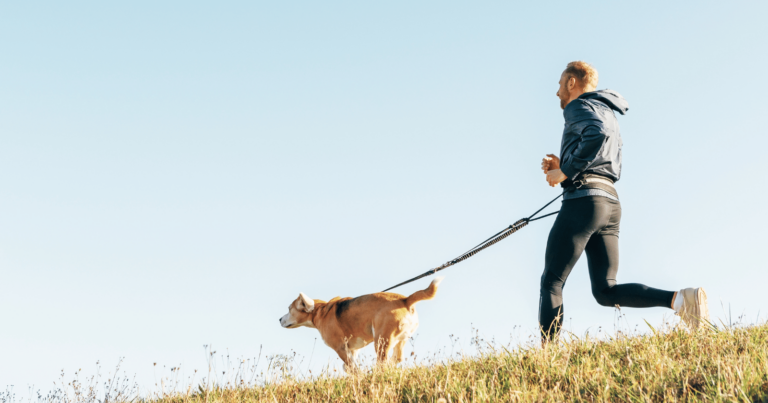Adopting a dog isn’t just about bringing home a furry companion.
It’s about bringing a new family member into your home, and that requires some serious thought.
You see, it’s not just about playful barks and wagging tails.
There’s a lot more that goes into this decision – from choosing the right breed to understanding their needs.
Now, as a seasoned dog parent, I’ve learned some valuable lessons along the way.
These lessons have shaped into specific steps that can help you navigate the adoption process without any hitches.
So, here I am with “8 steps you should know about how to adopt a dog”.
1. Do your research
Before you plunge into the heartwarming world of wagging tails and wet noses, it’s crucial to do your homework.
Every breed of dog is unique, each with its own needs and personality traits.
From energetic Border Collies to relaxed Basset Hounds, your future canine companion will have needs that must be met.
You see, it’s not just about how cute the puppy in the window is.
It’s about understanding what lifestyle suits them and if that aligns with yours.
Think about it.
Are you active and love the outdoors?
Or do you prefer a quiet evening on the couch?
Your lifestyle matters when picking a breed.
So, hit the books (or the internet).
Learn about different breeds, their needs, and temperaments.
Make an informed decision based on your lifestyle and living situation.
Remember, adopting a dog is a long-term commitment.
So make sure you’re equipped with all the knowledge you need to provide them with a loving home.
2. Visit a shelter

Now, this is a step I can’t stress enough – visiting a local shelter.
You see, my own dog, Max, was a shelter pup.
I still remember the day I walked into the crowded shelter, feeling overwhelmed by the number of dogs needing a home.
But then Max came bounding over with an infectious energy that instantly won me over.
Shelters are filled with beautiful dogs of all shapes and sizes, waiting for their forever homes.
You might go in thinking you want a certain breed, but end up falling in love with a completely different one – just like I did!
Visiting a shelter gives you a chance to interact with different dogs and get a sense of their personality.
Not to mention, it’s an opportunity to give a deserving dog a second chance at life.
3. Consider adoption fees
Adopting a dog isn’t just an emotional decision, it’s a financial one too.
While the joy a dog brings into your life is priceless, there are costs involved in adopting and caring for them.
Shelters often charge an adoption fee, which usually includes initial vaccinations, microchipping, and sometimes even spaying or neutering.
Here’s something you might not know: The average adoption fee can range anywhere from $50 to $300.
And that’s just the beginning.
There are ongoing costs like food, grooming, vet visits, and possible health emergencies to plan for.
4. Prepare your home
Just like you’d baby-proof a home for a toddler, it’s important to dog-proof your home for your new furry companion.
Dogs are naturally curious and love to explore their surroundings.
This means that the little things we might overlook can become potential hazards for them.
From securing loose wires to ensuring that houseplants are non-toxic, there’s a lot to consider when making your home safe for a dog.
You’ll also need to create a comfortable space for them to eat, sleep, and play.
And let’s not forget about the toys and chewable items!
Dogs, especially puppies, love to chew.
So, providing them with safe and appropriate things to chew on can save your favorite shoes from becoming their next chew toy.
5. Schedule a vet visit
Once you’ve welcomed your new furry friend home, one of the first things you should do is schedule a visit to the vet.
Even if your dog has received initial vaccinations and medical care at the shelter, a check-up with your local vet is crucial.
This visit will help ensure that your dog is healthy and catch any potential health concerns early on.
Your vet can also provide valuable advice on feeding, exercise, and general care based on your dog’s breed, age, and health condition.
Staying up-to-date with vaccinations and regular health checks is part of being a responsible dog parent.
After all, we all want our furry friends to live long, happy, and healthy lives!
6. Be patient and understanding

Welcoming a new dog into your home is exciting, but it’s important to remember that it can be a big adjustment for them.
Think about it – they’re in a new environment with new people.
It can be overwhelming, and as a result, they might act out or seem anxious.
This is where patience and understanding come in.
Your new furry friend may take some time to settle in and feel comfortable.
They might have accidents, chew on furniture, or bark more than usual. But remember, they’re just trying to navigate their new world.
So, shower them with love and reassurance.
Spend quality time with them and establish a routine to help them feel secure.
7. Attend obedience classes
No matter the age or breed of your dog, obedience classes can be incredibly beneficial.
When I adopted Max, he was a ball of energy with little understanding of basic commands.
It was challenging, and at times, I felt overwhelmed.
That’s when I decided to enroll us in obedience classes.
These classes are great for teaching your dog basic commands like sit, stay, and heel.
But it’s not just about the commands.
It’s about building a bond with your dog, understanding their behavior, and learning effective communication.
The lessons Max and I learned in class helped us understand each other better.
It built a foundation of trust between us and made our bond stronger.
8. Create a feeding and exercise schedule
Dogs thrive on routine, and establishing a feeding and exercise schedule is an essential part of their care.
Consistent meal times not only help regulate your dog’s digestion but also give them a sense of security.
Knowing when their next meal will come can reduce anxiety and make them feel more at home.
As for exercise, it’s not just about keeping your dog physically fit.
Regular walks, playtime, and mental stimulation are crucial for their overall well-being.
Different breeds have different energy levels and exercise needs.
A Border Collie might need several walks a day and mental challenges to keep them happy, while a Basset Hound may be content with shorter walks and plenty of nap times.
Establish a routine that suits your dog’s needs.
This will keep them healthy, happy, and help build a stronger bond between you two.
Unconditional love
As we journey through the steps to adopt a dog, it’s clear that the process involves more than just picking out a breed and bringing them home.
It’s a journey of preparation, understanding, patience, and commitment.
But if we dive deeper, beyond the logistics and responsibilities, we find an underlying current that binds every step together – love.
The love for a dog transcends the boundaries of species.
It’s a beautiful interplay of compassion, understanding, and mutual respect.
It’s about giving a furry friend a chance at a better life and in return, receiving their unwavering loyalty and affection.
So as you ponder on these steps, remember that at the heart of it all is love – an unconditional love that can transform both your life and theirs in ways you can’t even begin to imagine.














